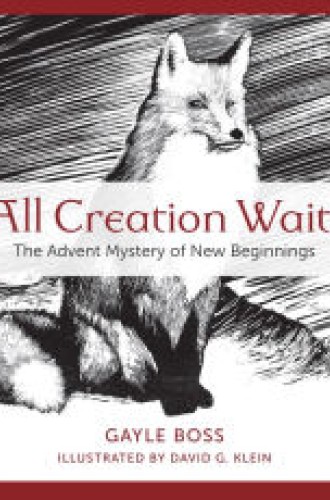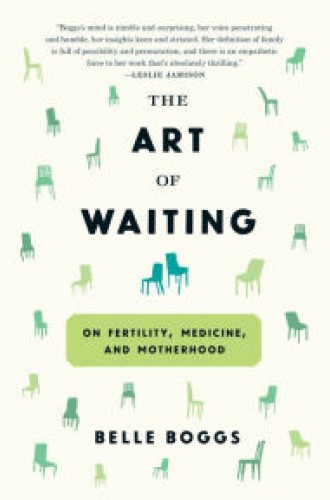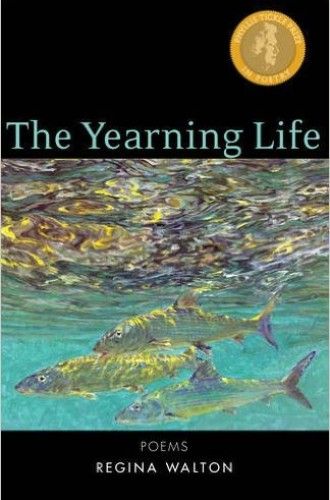In Paraclete Press’s new Advent devotional book, David G. Klein’s elegant black-and-white woodcut illustrations and Gayle Boss’s vivid prose descriptions of the winter habits of 24 animals native to Michigan are gentle lessons in biology. Lactic acid pools in the bloodstream of a painted turtle, a porcupine’s gut digests wood, and hibernating little brown bats “slow their resting hearts from four hundred beats per minute to twenty.” These meditations are brief enough to hold the interest of a child and detailed enough to expand an adult’s knowledge of the animal world.
The animals are, of course, a metaphor for faith. To be awake in the world during Advent is to sense loss, to know the weight of expectation. The final meditation explores the meaning of a God who became incarnate “as a child at home among animals” for the sake of a creation that still waits. This baby was born to “show people a way out of their small pinched lives, a way to abandon themselves to the ever-present, unstoppable current of Love that carries all things to radiant wholeness.” The animals in winter and the newborn in the manger point to a hidden extravagance that exists within our own tangible fragility.
Advent's emphasis on waiting for the birth of a newborn who was conceived miraculously may be comforting for someone who struggles with infertility. But it’s just as likely to be painful. Belle Boggs describes herself as not religious and she likely doesn’t celebrate Advent—but she knows about the pain of waiting. After her online article about infertility, “The Art of Waiting,” went viral, she expanded it into a book of the same title. She depicts the fraught waiting that afflicts up to one in eight Americans: the long wait to conceive and give birth that is associated with infertility. For those who wait in such a way, there are no guarantees. “We are all terrifyingly beholden to risk and fear and luck,” she admits.







